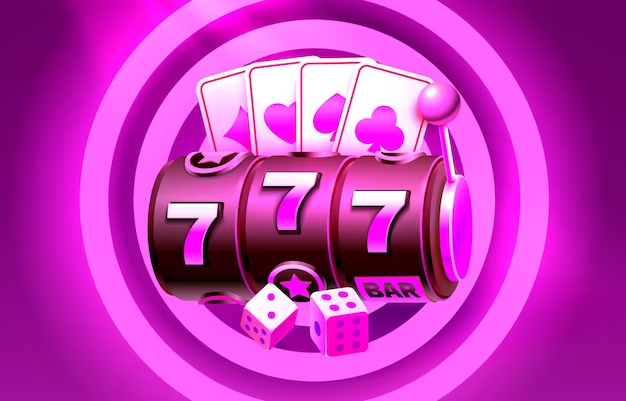You know how everyone’s chasing the same old gaming trends—battle royales, hyper-casual mobile games, or NFT-based platforms? Well, the real goldmine might be hiding in the weird, the overlooked, the “wait, people actually pay for that?” corners of the market. Let’s dig into the untapped niches where creativity (and revenue) thrive.
1. The Rise of “Oddly Specific” Simulation Games
Simulation games aren’t just about farming or city-building anymore. Players crave hyper-niche experiences—like power washing driveways or running a failing subway system. These games thrive on mundane realism mixed with absurdity. Here’s why they work:
- Low competition, high engagement: Few developers bother with “boring” concepts, but players love them.
- ASMR appeal: Repetitive tasks (like House Flipper’s cleaning mechanics) oddly satisfy stress relief.
- Modding communities: Players add content, extending the game’s lifespan.
Examples That Nailed It
PowerWash Simulator sold over 3 million copies by turning a chore into a zen experience. Unpacking, a game about—yes—unpacking boxes, won awards for its storytelling through mundane tasks.
2. Apps for “Micro-Skills” Learning
Forget Duolingo. Apps teaching useless-but-fun skills—like whistling with two fingers or solving a Rubik’s Cube in 10 moves—are quietly booming. Why? Because:
- They’re shareable (TikTok loves “watch me learn this dumb trick”).
- Low development cost (no need for complex AI).
- Monetization through ads or one-time purchases works beautifully.
Case in point: Apps like Bubble Wrap Simulator or Fake Text Message Creators rack up downloads simply because they’re stupidly fun.
3. Nostalgia-Driven Mini-Game Hubs
Remember those flash game sites from the 2000s? They’re making a comeback—but with a twist. Developers bundle retro mini-games into single apps, targeting millennials chasing childhood vibes. Key features:
- Pixel art or early-3D graphics (think Pizza Tower’s PS1 aesthetic).
- Simple mechanics (dodging obstacles, clicking fast).
- Social sharing for high scores.
Monetize through rewarded ads or premium unlocks. Pico Tanks and Bean Dreams prove this model still prints money.
4. “Anti-Productivity” Tools
Irony sells. While everyone’s obsessed with productivity, apps that mock the grind—like fake corporate meeting generators or parody email responders—are gaining traction. They’re therapy disguised as software. Examples:
| App | Hook |
| Ostrich Pillow | Simulates napping at your desk |
| Bullshit Button | Plays corporate jargon soundbites |
| Error 409 | Fake “system crash” to escape meetings |
These thrive on word-of-mouth and meme culture. Development cost? Minimal. Viral potential? Massive.
5. Audio-Only Games for Multitaskers
Podcast lovers and busy folks can’t always stare at screens. Enter audio-driven games where sound is the gameplay. Think interactive mysteries or rhythm-based dungeon crawlers. Benefits:
- Accessibility boost (visually impaired players).
- Unique immersion (headphones required).
- Low data usage—great for emerging markets.
Blind Drive (a comedy game played entirely by listening) and Echo (an audio-based RPG) show the potential.
Final Thought: Embrace the Weird
The next big hit won’t be another Clash of Clans clone. It’ll be the game or app that makes someone say, “Who asked for this?”—right before they binge it for hours. Sometimes, the niche isn’t just profitable. It’s unforgettable.


